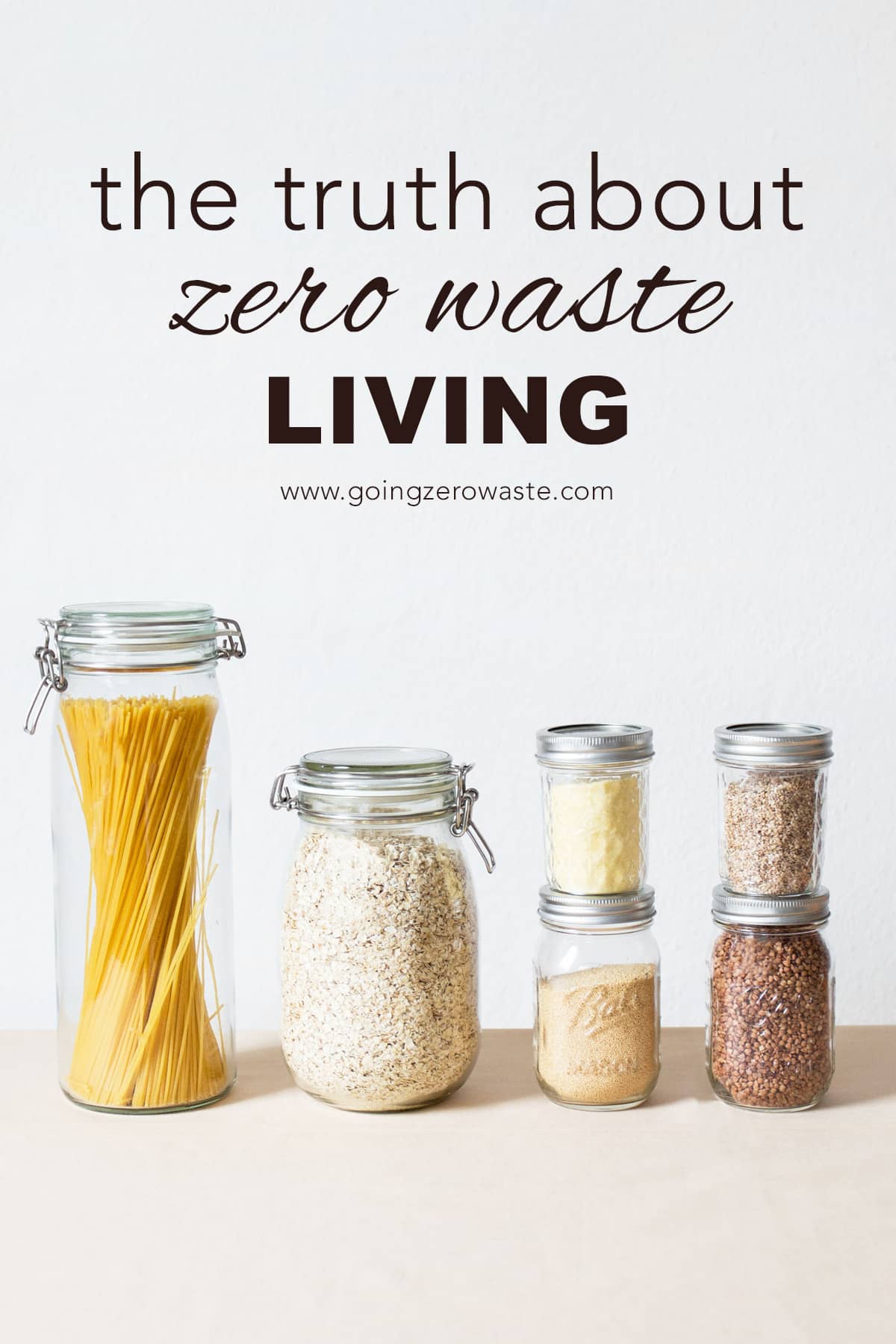[ad_1]
Last Updated on March 4, 2022
If we don’t all do our part, we will continue to damage our beautiful planet. However, the truth about a zero waste lifestyle might surprise you! Just a few conscious choices can make a giant difference.
Reduce your carbon footprint with zero waste living by making simple changes in your everyday life. Reducing the amount of waste you have, recycling, and reusing goods are the key to going zero waste. We will discuss what the zero waste movement is all about in detail, as well as answer the question “what is zero waste?”
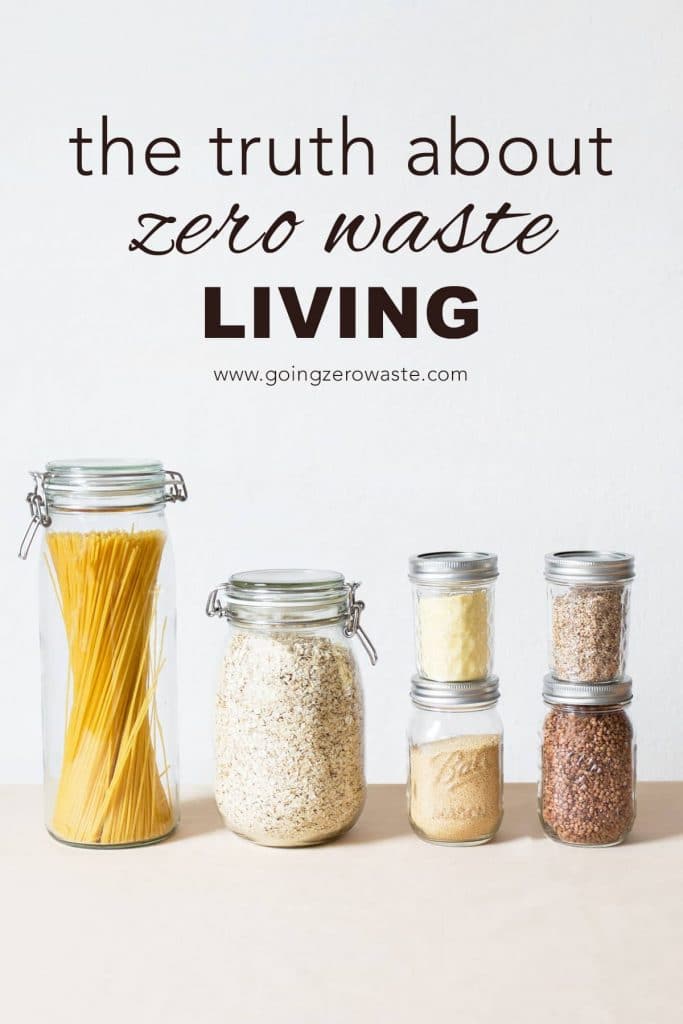
what is the zero waste movement?
The zero waste movement was started as early as the 1980’s as a means to encourage people to limit and reduce plastic usage. Before the modern zero waste movement and the industrial age, people naturally used their items for longer or reused goods from others. Around the 1950’s, after consumerism blew-up into a global trend, more and more landfills started overfilling, and waste management became a real problem.
People quickly realized that the more goods you buy, the more that is going to end up in landfills, which contaminates the soil, produces large amounts of methane, and contributes to global warming. Zero waste was a thought process that included diverting products from the landfills and recycling, composting, or repurposing them.
zero waste living
I’m going to let you in on a little secret…. a zero waste lifestyle isn’t really ZERO waste.
I don’t know what it is about the word zero, but sometimes, it really scares people off.
Zero seems so finite, so absolute. But, when it comes to zero waste living, zero is just a goal – something that can’t be reached because we don’t live in a perfect zero waste world.
Plastic, trash, waste – IT HAPPENS, and it’s completely out of our control.
In fact, trash is kind of like an iceberg. What we see is only 30%. The other 70% is lost in manufacturing.
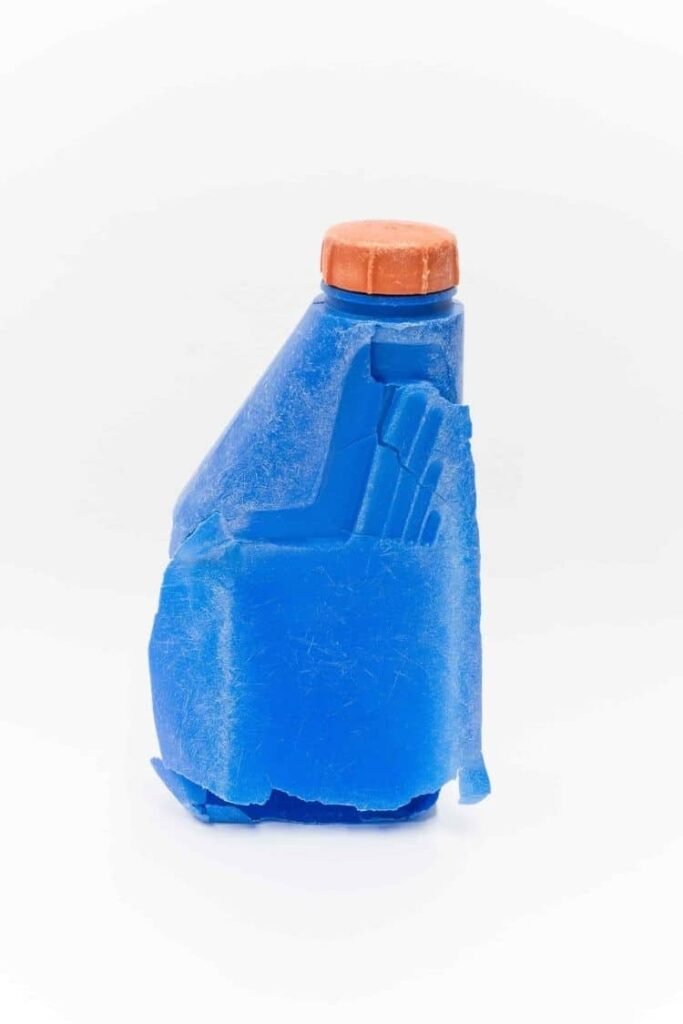

the truth behind going zero waste
So, even when we buy from bulk bins to reduce plastic, what we don’t see is the plastic bags that the product was in before it was put into the bins.
When you buy a nice reusable water bottle from the store, what you don’t see is the pallet they all came in that was wrapped with plastic.
Most of this is completely out of our control, and it’s why you shouldn’t beat yourself up for not being perfect.
Zero waste living isn’t about being perfect. It’s about so much more than mason jars full of trash and “Grammable” reusables.
Zero waste is about moving to a circular economy.
By living this way, we’re highlighting areas that need improving, and it’s another reason WHY it’s so important for us to be doing more like asking businesses to improve sustainability initiatives, asking for policy change, and educating our communities.
And, while we’re waiting for that perfect zero waste world to manifest, trash is going to happen.
Plastic is going to happen.
And, I really haven’t had a solution to that other than… “ *shrug* it happens.” But now you can actually offset your plastic footprint!
It’s similar to calculating and offsetting your carbon footprint.
This post was sponsored by rePurpose.
All thoughts and opinions are my own for more information please see my disclosure page.
Like with carbon offsets, the goal is of course to make sure that you are first reducing your plastic as much as possible and then offsetting what’s leftover.
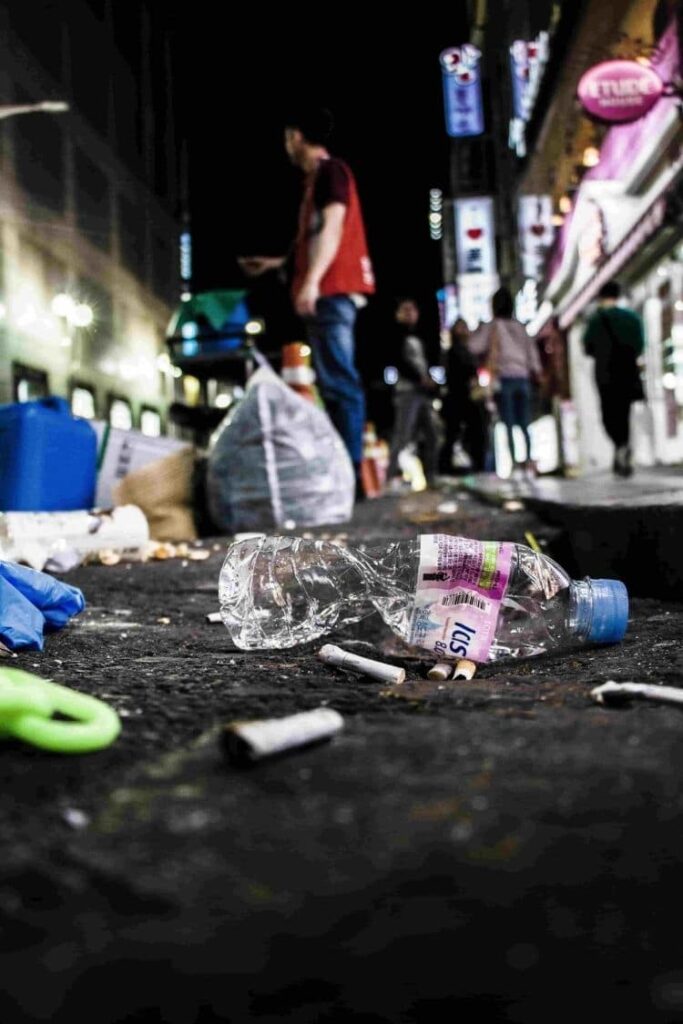

can I just recycle when going zero waste?
I hear you, why can’t I just recycle my plastic? And, I wish it were that easy, but as of January 2018, China, the largest global buyer of plastic for recycling, stopped accepting it last year, and other countries are turning it away too.
Malaysia is actually sending 3,000 metric tons of plastic back to the US, UK, and Australia because it’s been illegally dumped in their country.
We just have too much plastic to deal with. So it’s vital that we reduce plastic, not simply recycle it.
Many of these countries that we dump our plastics into do not have proper waste management facilities to handle the influx of waste, so a lot of it winds up in rivers and the ocean.
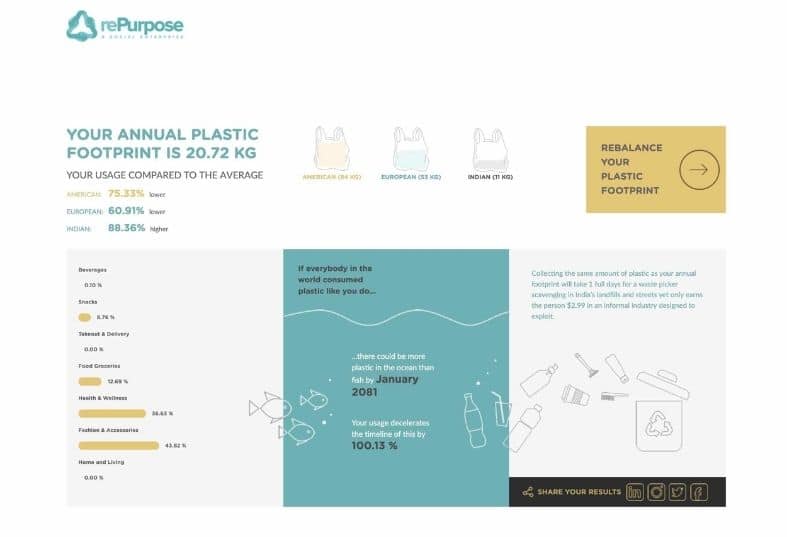

rePurpose has a tool to help you balance your plastic footprint.
There’s a handy calculator where you can calculate your plastic footprint and then offset it.
I calculated both Justin’s and mine, and for about $2.30 a month, we can offset our footprint! YAY!
This quiz is super fun to take and very eye-opening because even if you buy mostly plastic-free, there’s still a lot of secret plastic you might not be seeing.
how to offset and reduce plastic usage
I think this is the most important part! For as little as $3-5 a month, rePurpose will intercept & recycle an amount of plastic waste equivalent to your unique footprint calculated above.
rePurpose has partnered with three different organizations at this time, and when you offset with them, you get real-time tracking of both your social and environmental impact (volume recycled, type of plastic, workers impacted) at the beginning of every month.
rePurpose focuses on lower-end, hard-to-recycle plastic instead of the more valuable plastic like PET.
Recycling PET isn’t a great choice for this program because these plastics have a high value by nature.
They would have been picked up and recycled by workers anyway.
Instead, they offset low-value plastics and pay informal workers to intercept it before it reaches the ocean or landfills! Not only is this a great way to prevent more plastic from entering our ecosystems, but it’s also adding a crucial income stream for pickers.
You can learn more here.
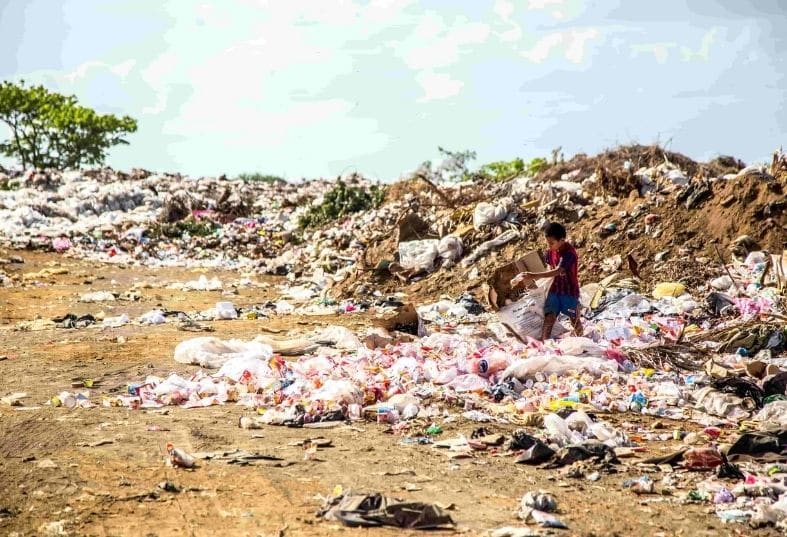

more reasons to choose a zero waste lifestyle
Over 50 million waste picker workers worldwide spend their entire lives dealing with the consequences of our mindless consumption, all without access to basic healthcare or education that traps them in a generational cycle of abject poverty.
In India, a waste picker on average spends 12 hours a day scavenging for recyclable waste in dumpsters and landfills, earning less than $5 from an exploitative supply chain.
rePurpose seeks to end this by paying a fair wage and partnering with organizations that have met a strict criteria:
1) organizational track record: amount recycled, years present in the cities, quality of operational infrastructure
2) implementational capacity: do they have the technical and human resource requirements in order to implement the offset
3) engagement with the informal sector: are they engaged with waste pickers & local informal industries, and how genuine is that engagement? Do they have the trust & goodwill of the communities?
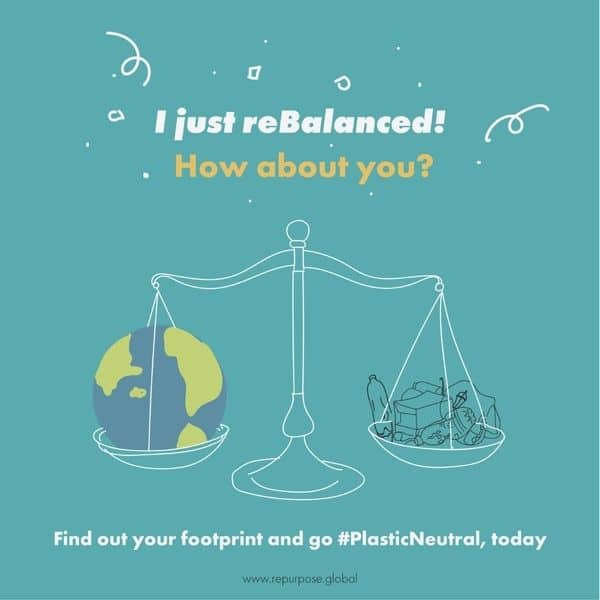

it doesn’t stop there!
Another way that rePurpose sets themselves apart is that they don’t only focus on end-of-life/the waste that’s already been produced.
They also want to help you reduce the amount of plastic that you consume in the first place!
After all REDUCE, REUSE then at the very, verrrryyy end RECYCLE.
They send out a great newsletter to help make personalized changes in your life!
I would love to know how much plastic you’re responsible for? Mine came out to about 40 lbs a year.
[ad_2]
Source link
